
...........................................................................................................................................................
Well Disinfection
Minnesota Department of Health
Well
Management Program
This handout provides
instructions for disinfecting your water system, which includes both the well
that has a submersible pump and the associated water distribution system.
These instructions
can be used for a single family home or businesses such as resorts and
campgrounds.
Disinfection can
eliminate or reduce harmful bacteria, viruses, or other microorganisms that may
be found in your drinking water.
You can disinfect
your well by following these instructions, or you can hire a licensed well
contractor.
Safety Concerns
Be sure to do the
following to ensure your safety and that of your family, pets, and livestock.
Read this entire
brochure before starting to disinfect your water system.
Keep children and
animals away from the well area while disinfecting.
No one should use
water from the water system until the disinfection procedures are done.
Electrical
Use extreme caution
when working with electricity and water. Together, water and electricity can be
deadly.
Chemical
Always follow the
manufacturer’s use and safety directions.
Avoid eye and skin
contact. Wear protective goggles or a face shield and rubber gloves when
working with bleach.
Do not mix bleach
with other chemicals as they may form harmful gases.
Do not leave bleach
or the bleach solution unattended.
Respiratory
Disinfection can
create harmful gases. The area around the well must be well ventilated.
Harmful gases can
accumulate in well pits and create a lack of oxygen.
Procedure for Water
System Disinfection
You will need the
following to disinfect your water system:
A garden hose that is
long enough to reach from your water faucet to the well. This hose also needs
to reach an area that is away from your well, septic system, landscaping, and
bodies of water.
Clean 5-gallon
bucket.
Funnel.
Plastic tarp.
Protective
goggles/face shield and rubber gloves.
Five gallons of
commercially bottled water.
Chlorine test papers.
Unopened, unscented
household bleach with no additives that is less than six months old.
STEP 1 - Isolate
critical areas
Turn or push the
bypass valves to the “bypass” or “out of service” position for all water
treatment devices (water softeners, reverse osmosis systems, etc.) and
appliances that cannot tolerate bleach.
These may harbor
organisms and need to be disinfected separately. Follow manufacturer’s
instructions for disinfection procedures.
Remove all filters
from devices and appliances. Bait tanks and livestock watering troughs may
require special attention.
STEP 2 - Electrical
safety
Turn OFF the
electrical power to the pump. If the circuit breaker box has a lockout hasp,
use it to prevent the breaker from being accidentally turned ON.
STEP 3 - Open the
well
Open the well by:
Removing the well cap
and moving the wires with the connector caps to the outside of the casing to
avoid getting them wet when doing Steps 6 and 7 (see Figure 1); or
Removing the vent
(see Figure 2-top arrow). Do not remove the compression bolts from the
compression fit well seal (see Figure 2-bottom arrow).
Note: If the well is different from those
described, contact Minnesota Department of Health (MDH) or an MDH licensed well
contractor. You will find MDH contact information on the last page of this
document.
STEP 4 - Inspection
Inspect all well
components by examining:
Wire insulation for
cracking, peeling, or missing wire nuts.
Well casings for
cracking.
Loose well caps.
It is important that
any plumbing or well defects are fixed so that surface water or other
contaminants cannot enter the well.
STEP 5 - Mixing a
bleach solution
Water chemistry and
water system sizes vary. These differences will determine the amount of bleach
solution that will be needed to properly disinfect your water system. You want
between 50-200 parts per million (ppm) of bleach in the recirculating water
(Step 7) for disinfecting your water system. Do not mix bleach solution that is
greater than 200 ppm. A bleach solution with greater than 200 ppm of bleach
will reduce the disinfection effectiveness.
It is recommended to
start with:
Pouring water from
the water system into a clean 5 gallon pail so the pail is about three-fourths
full, then
Add the amount of
bleach as indicated in the table.
It
is recommended to start with:
1. Pouring water
from the water system into a clean 5 gallon pail so the pail is about
three-fourths full, then
2. Add the amount of
bleach as indicated in the table.
Amount of water
in well (feet) |
Well Casing Diameter (inches)
|
||
2
|
4
|
6
|
|
10
|
2 cups
|
2 cups
|
2 cups
|
50
|
2 cups
|
2 cups
|
3 cups
|
100
|
2 cups
|
3 cups
|
4 cups
|
300
|
3 cups
|
4 cups
|
10 cups
|
The amount of water in a well is the total depth of
the well minus the static water level.
If the amount of
water in the well is unknown, go to Minnesota Well Index or contact MDH. If
unable to determine the amount of water in the well, use the total depth of the
well instead.
This table’s bleach
solution is good for disinfecting a well and the water system in an average
home, including water pipes, water tanks, and water heater.
Reduce the amount of
bleach by 1 cup if only the well needs to be disinfected. You may need to
increase the amount of bleach solution if:
The water system
contains more buildings,
Has large amounts of
pipes or storage, or
If you’re
disinfecting because your well was flooded, has nuisance bacteria, or is a dug
well.
STEP 6 - Adding bleach solution to the well
Use a funnel when
pouring the bleach solution into the well.
Avoid getting any
bleach solution on the well cap components and wires. It will cause corrosion.
Person pouring bleach
solution through funnel into well casing.
STEP 7 - Recirculate
chlorinated water
Turn the circuit
breaker to the pump ON. Be careful, the wires in the well casing are “live and
hot.”
Connect a garden hose
to the most convenient threaded hose connection.
Run the water out of
the hose for about 10 minutes in an area away from the well, septic system,
landscaping, and bodies of water. The water may be discolored. Continue
monitoring and running the water until it runs clear. If flow significantly
decreases, shut off power to the pump and contact a licensed well contractor.
Turn the water OFF.
Put the funnel into
the well.
Place the garden hose
into the funnel.
Turn the water ON.
Recirculate water.
Continue to recirculate for about 30 minutes after you first smell bleach from
the garden hose. Use chlorine test papers as a visual indicator to determine if
the water from the hose is at least 50 ppm of bleach. If below 50 ppm, go to
STEP 5 and add more bleach solution and repeat STEPS 6 and 7.
Turn the circuit
breaker to the pump OFF.
Rinse well components
with commercially bottled water. Rinsing washes off bleach solution to prevent
corrosion.
Replace wires and
well cap.
Turn the circuit
breaker to the pump ON.
STEP 8 - Bring
bleach solution to faucets
Cold and hot water
faucets.
Toilets, shower, and
bath fixtures.
Outside faucets or
yard hydrants.
Select your first
faucet or fixture.
Remove faucet
aerator, if present. This will prevent them from getting clogged from loosened
scale.
Run water until
chlorine test papers indicate a minimum of 50 ppm. If below 50 ppm, go to STEP
5 and add more bleach solution and repeat STEPS 6, 7, and 8.
Test Paper being
rinsed with tap water.
Turn OFF the faucet
and repeat for the remaining faucets and fixtures.
Turn the circuit
breaker to the pump OFF.
Rinse well components
with commercially bottled water. Rinsing washes off bleach solution to prevent
corrosion.
Replace well
components including vents, wires, and well cap.
Turn the circuit
breaker to the pump ON.
STEP 9 - Disinfection
time
Turn the circuit
breaker to the pump OFF.
Put signs or disable
faucets and fixtures to prevent anyone from using the water.
Let the bleach
solution sit in the water system for a minimum of two hours, preferably six
hours, or overnight.
STEP 10 – Remove
the chlorinated water
Turn the circuit
breaker to the pump ON.
Attach a garden hose
from an outside faucet or yard hydrant. Do not put the end of the hose in or
near your septic system, landscaping, or any bodies of water, since bleach
solution will harm them.
Run the water to
flush the bleach solution out of the well. Monitor the process, it can take 30
minutes to 24 hours or more to flush all of the bleach solution from the well.
Use chlorine test
papers to verify that the water coming from the outside faucet or yard hydrant
is clear of any bleach solution.
Flush the chlorinated
water from water heaters.
Run the water from
all interior and exterior water faucets and fixtures to flush the bleach
solution from the rest of the water system. Use a chlorine test paper that
reads to 0 ppm of chlorine to verify that no bleach solution is present.
STEP 11
- Disinfecting water treatment systems and appliances
To disinfect water
treatment systems and appliances, follow the manufacturer’s instructions for
each water treatment device or appliance. If disinfection information is
unavailable, contact your water treatment or appliance service provider. Bleach
solutions may damage or improperly disinfect filters that are a part of a water
treatment system or appliance.
STEP 12
- Reconnect appliances, water softeners, and other treatment devices
Return bypass valves
to ON position after following the manufacturer’s directions for disinfecting
appliances and water treatment devices.
STEP 13 – Test the
water
After the bleach
solution is removed from the water system, it is recommended that you take a
water sample to make sure that the well water tests negative for total coliform
before you use it for drinking or cooking. MDH recommends using an accredited
laboratory to test your water. Contact an accredited laboratory to get sample
containers and instructions, or ask your county environmental or public health
services if they provide well water testing services.
Replace filters on
all devices and appliances when MDH or an MDH certified laboratory confirms
your water system is total coliform free.
Follow-up
Total coliform may
regrow in the water system. For this reason, it is important to retest your
water between two to four weeks after disinfection.
If total coliform is
detected, repeat the disinfection procedure.
It is not unusual to
disinfect a water system multiple times to eliminate total coliform if it has
been growing in the system for a period of time.
If disinfection
attempts are unsuccessful, the well may need to be cleaned as well as
disinfected. Contact a MDH licensed well contractor for further assistance.
About Us
Well Management Program
Well Management Program
Approximately
70 percent of all Minnesotans rely on groundwater as their primary source of
drinking water, and one million Minnesotans rely on private wells. Wells and
borings used for drinking water, irrigation, industry, groundwater monitoring,
heat pumps, hydraulic elevators, and other purposes must be properly
constructed, maintained, and sealed (filled with an impervious material) when
removed from service, to protect both public health and our invaluable
groundwater resources.
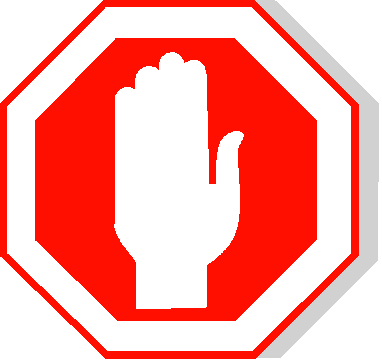
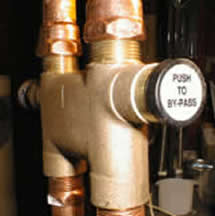
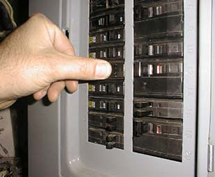
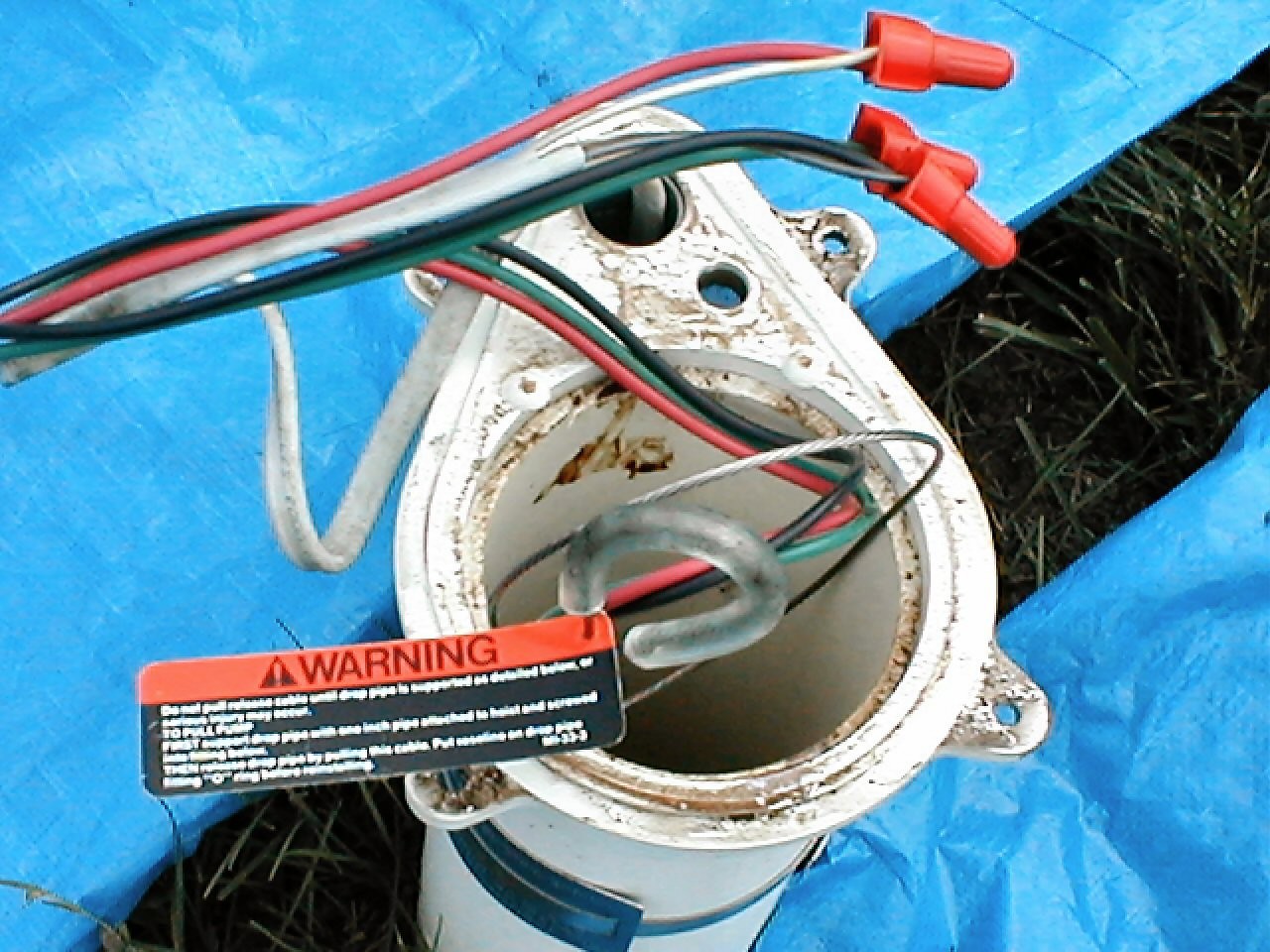
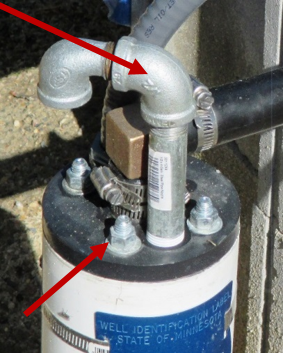


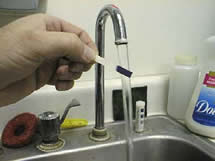
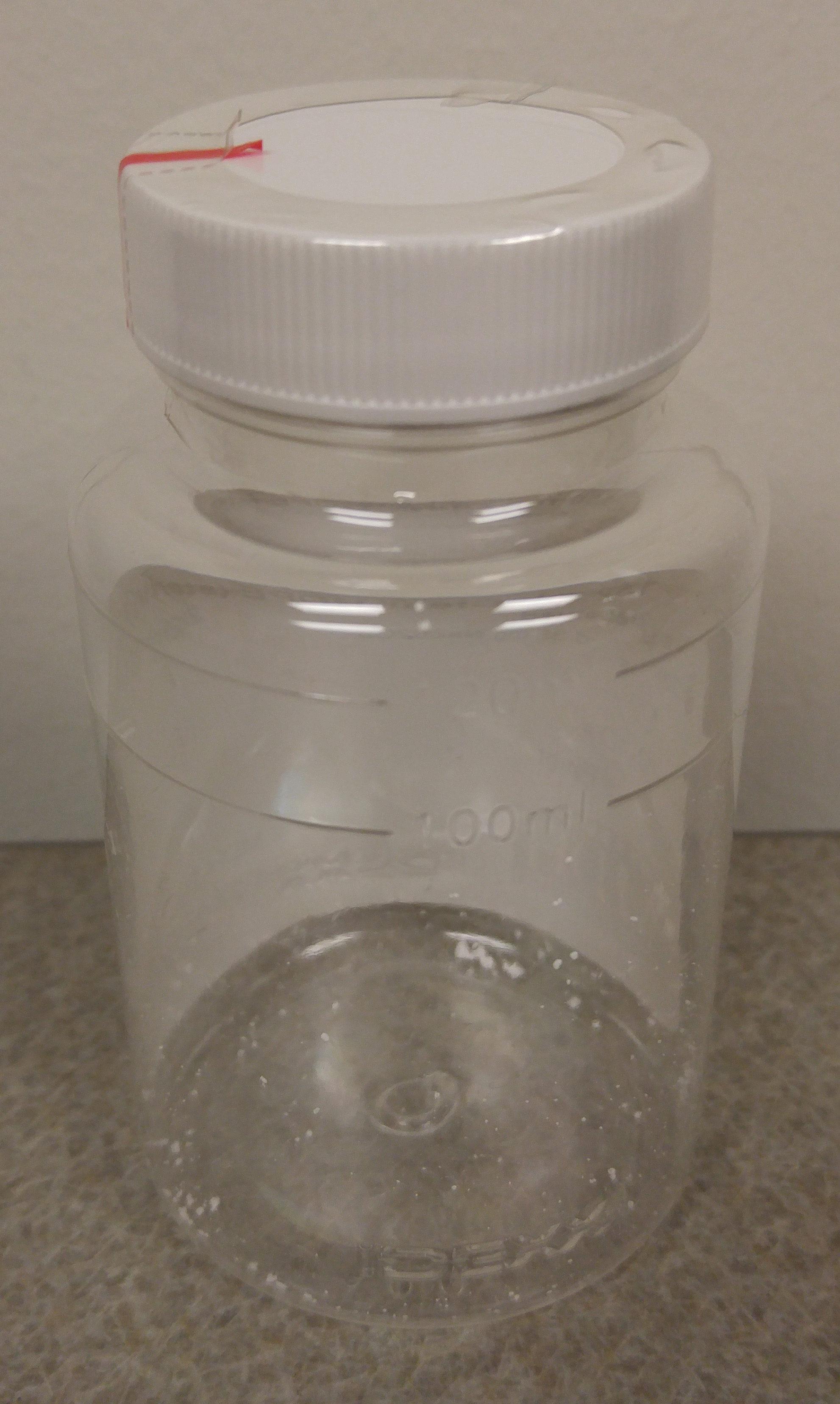

No comments:
Post a Comment